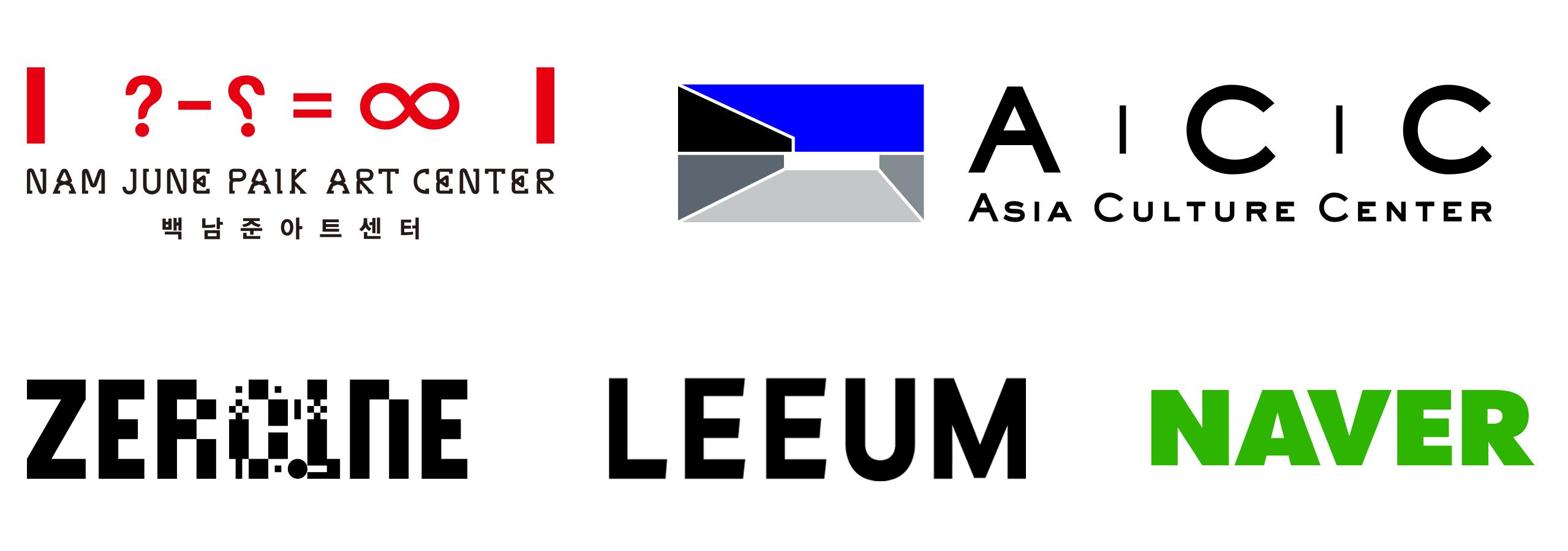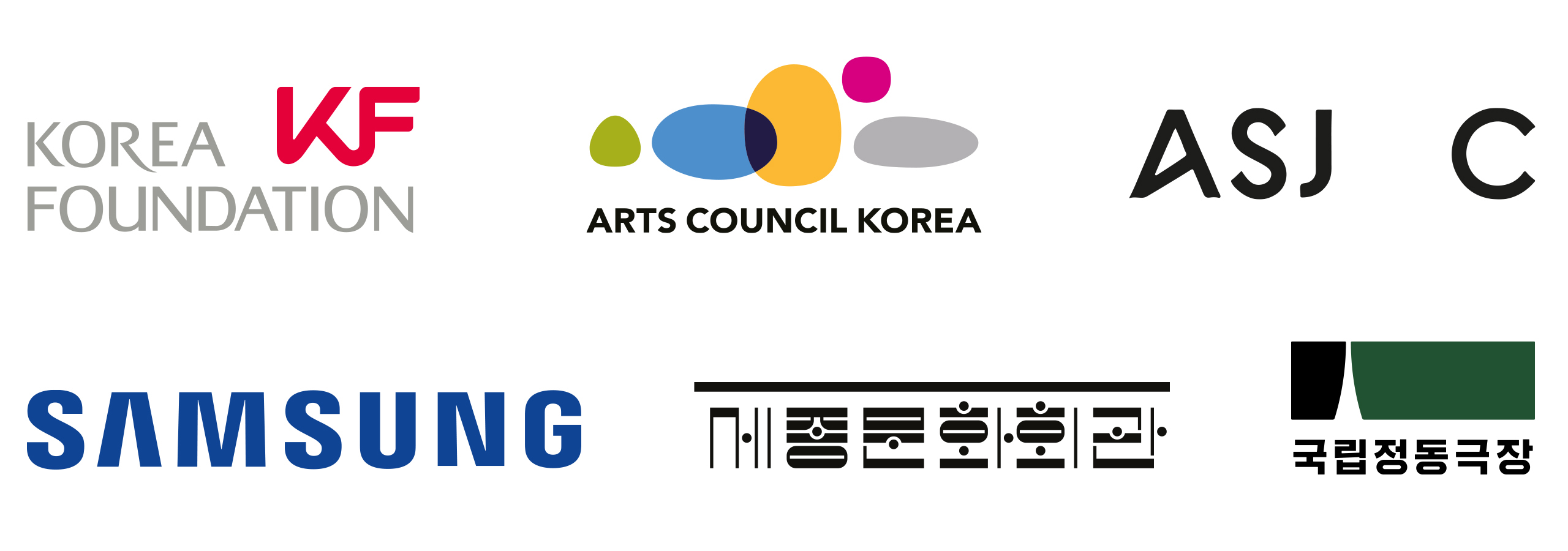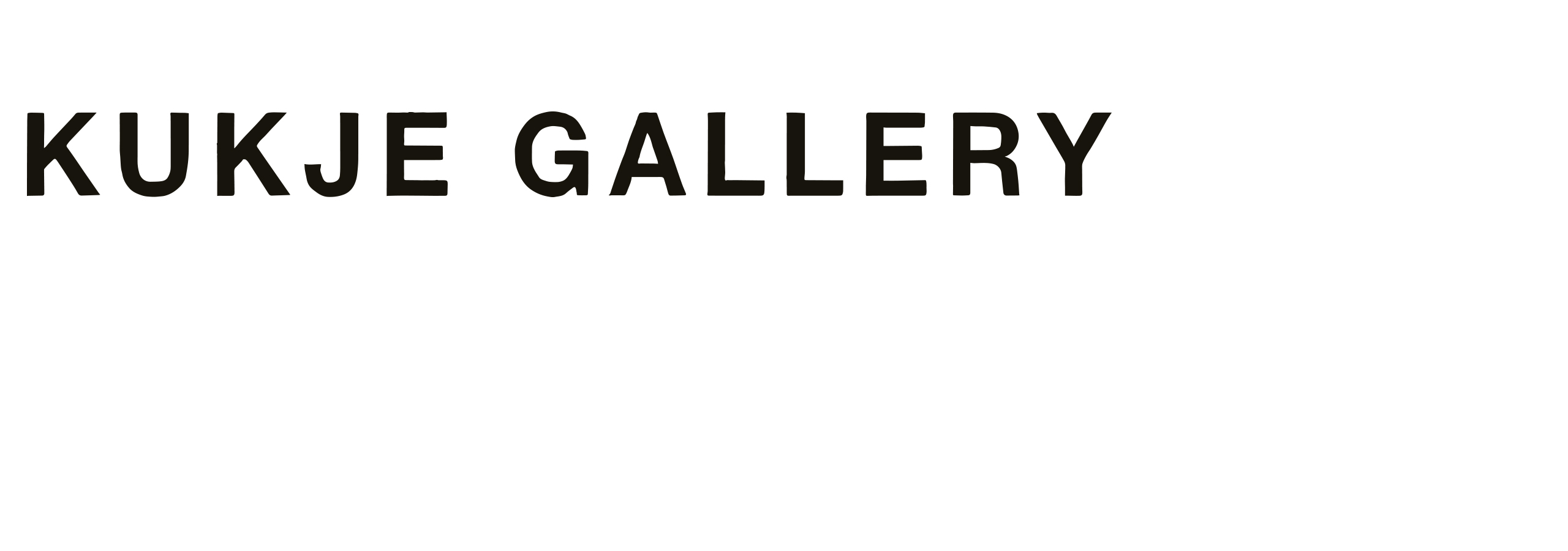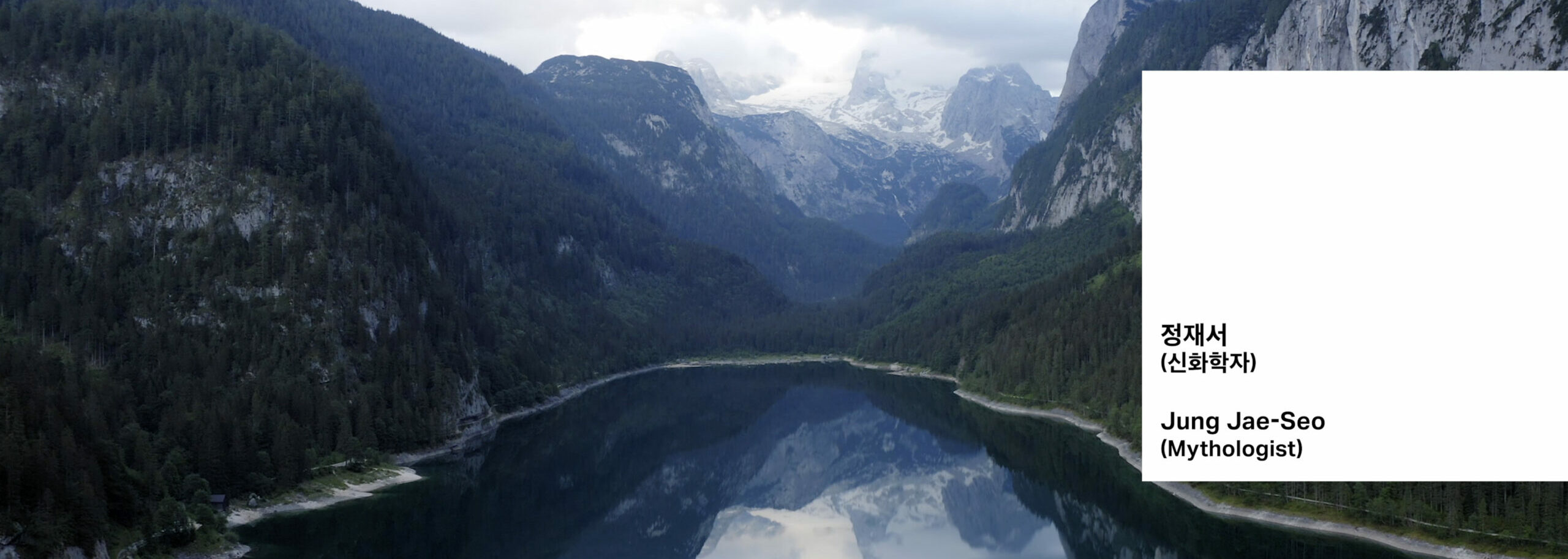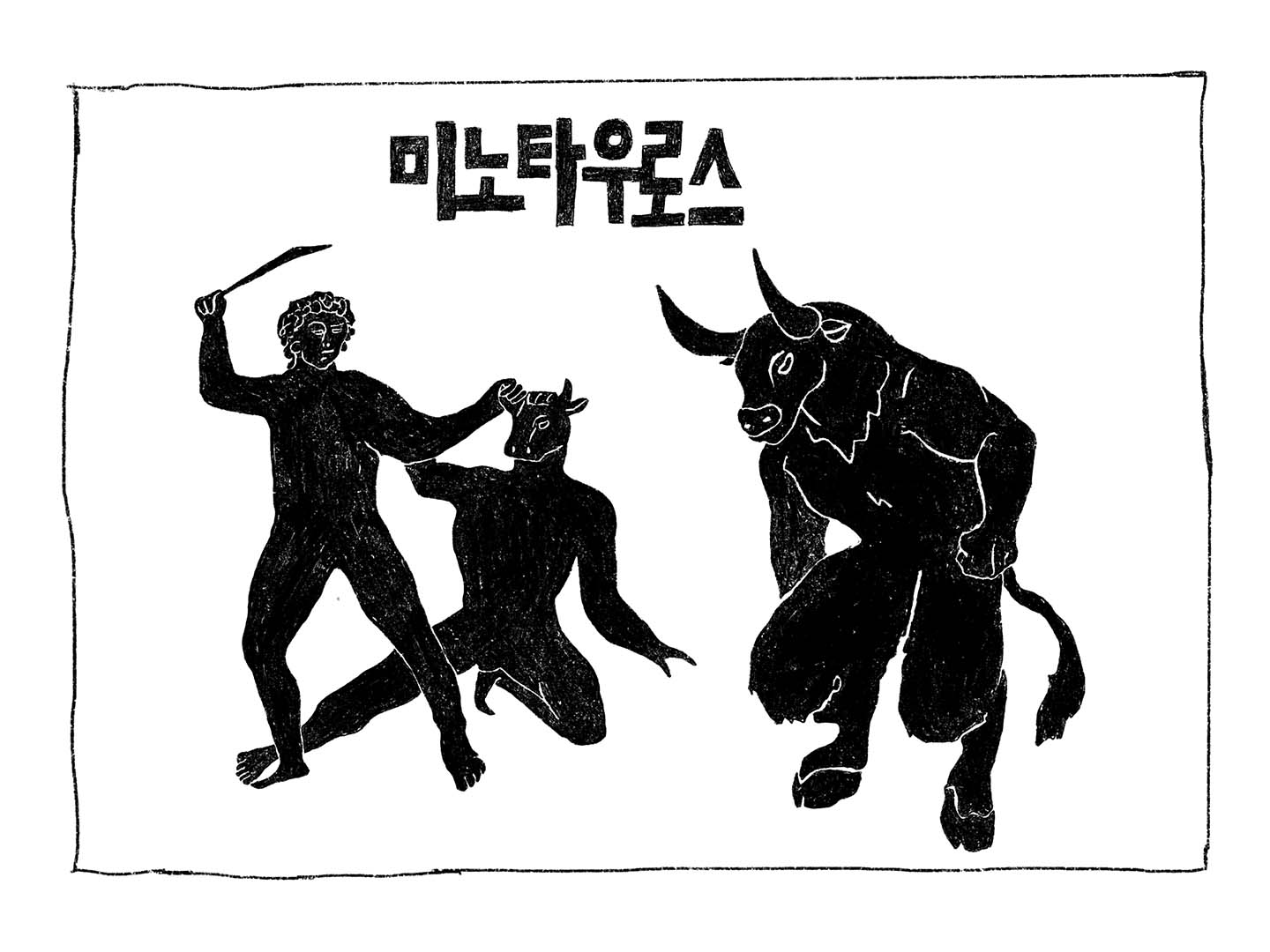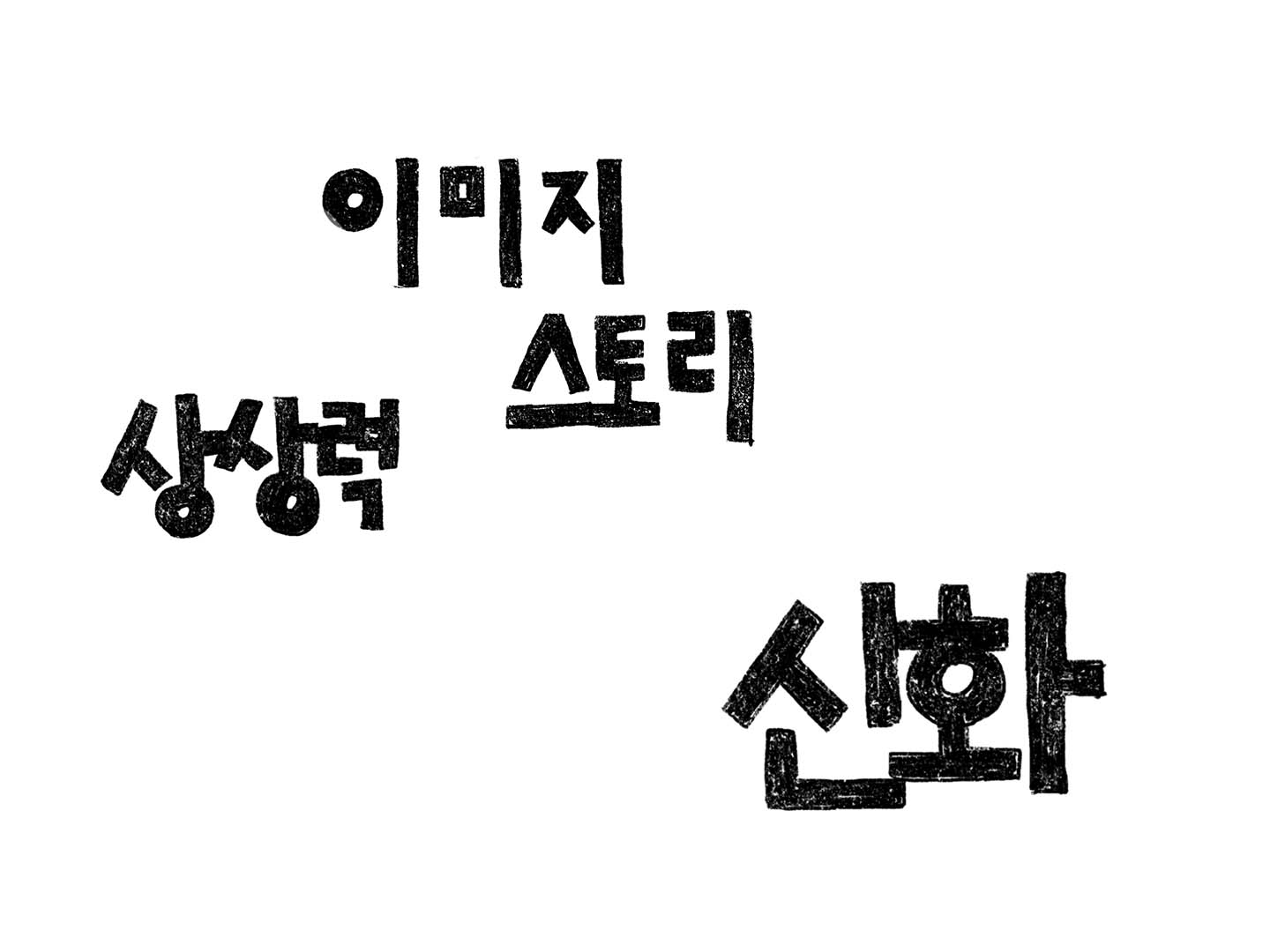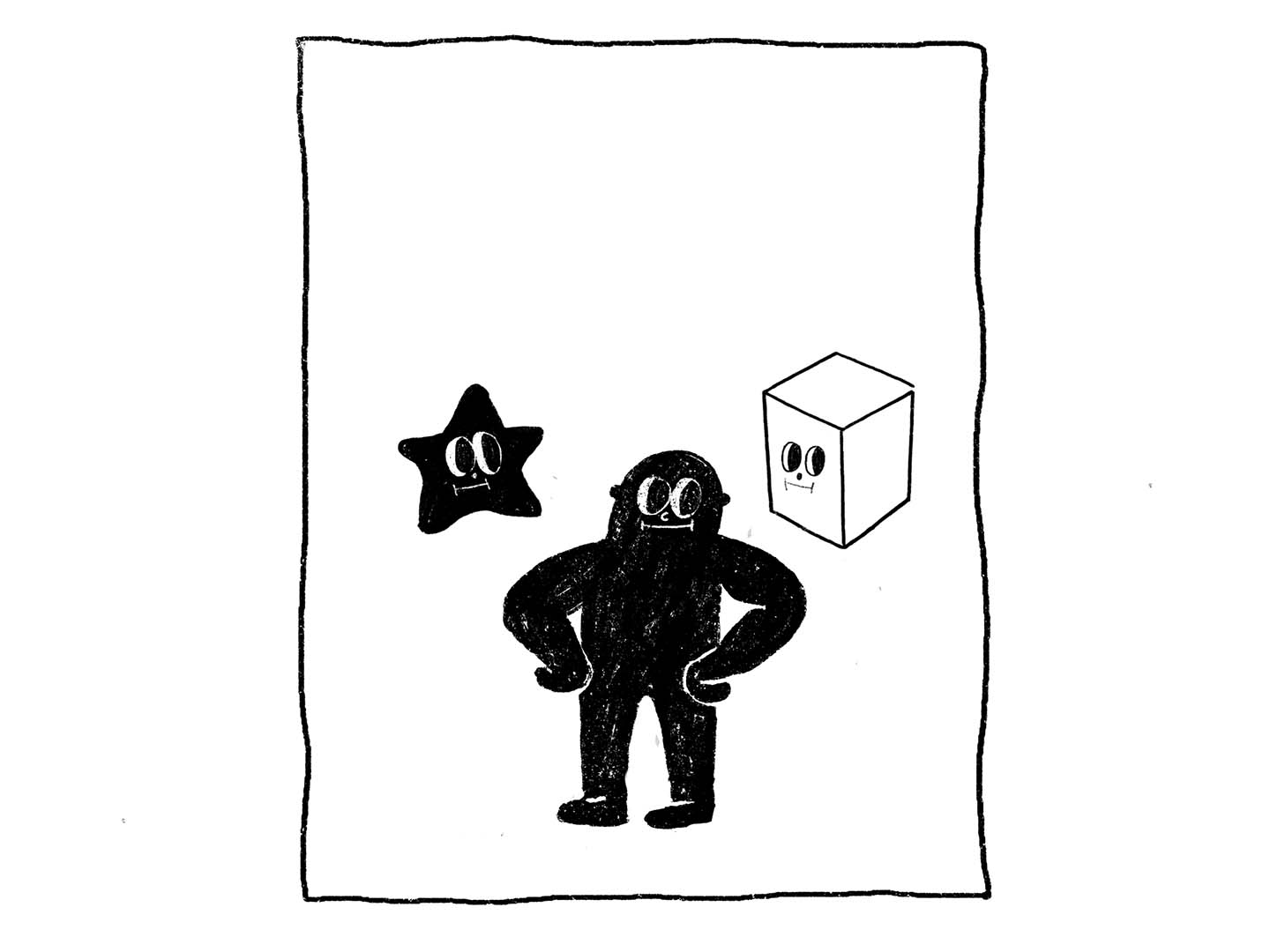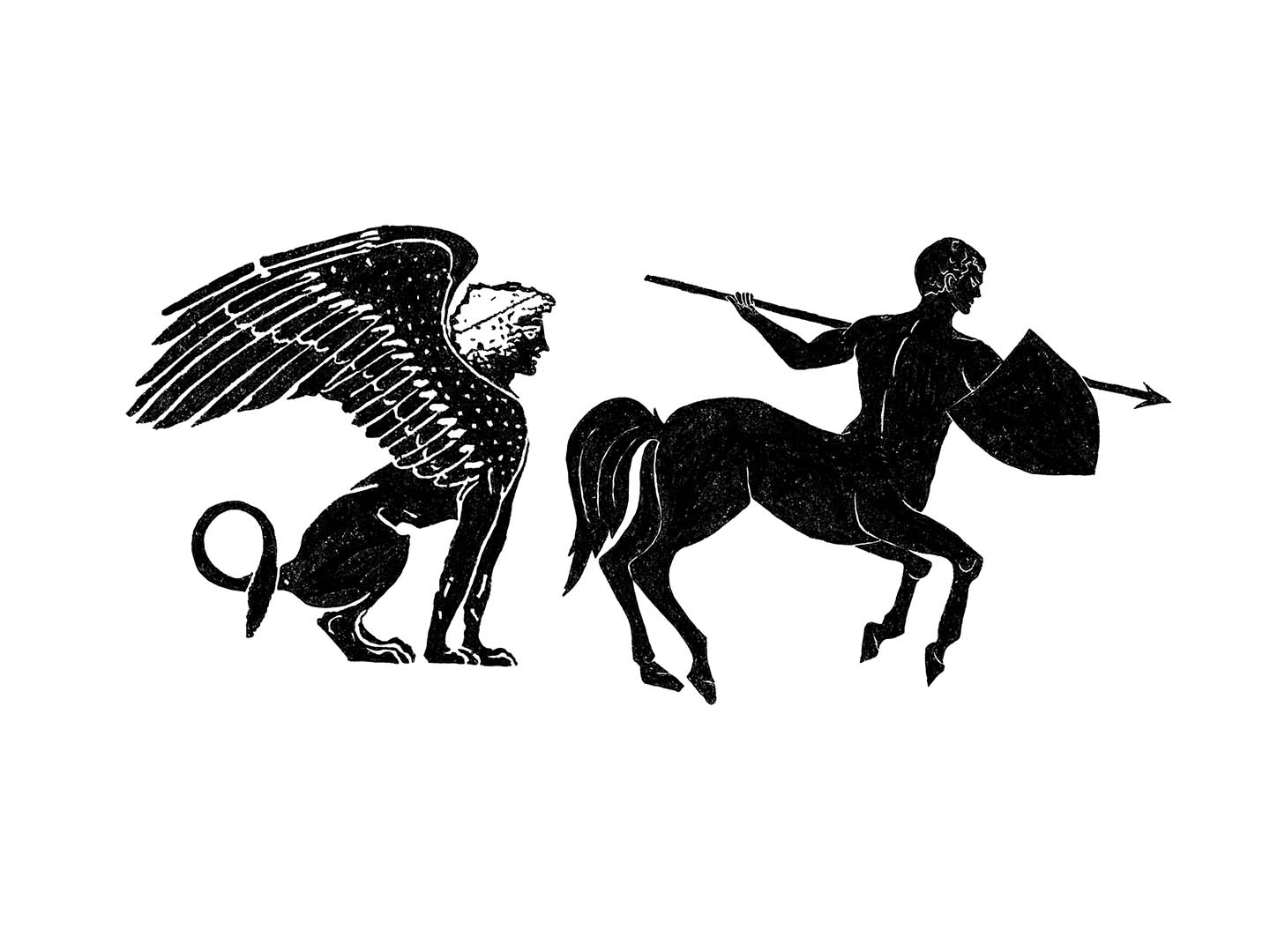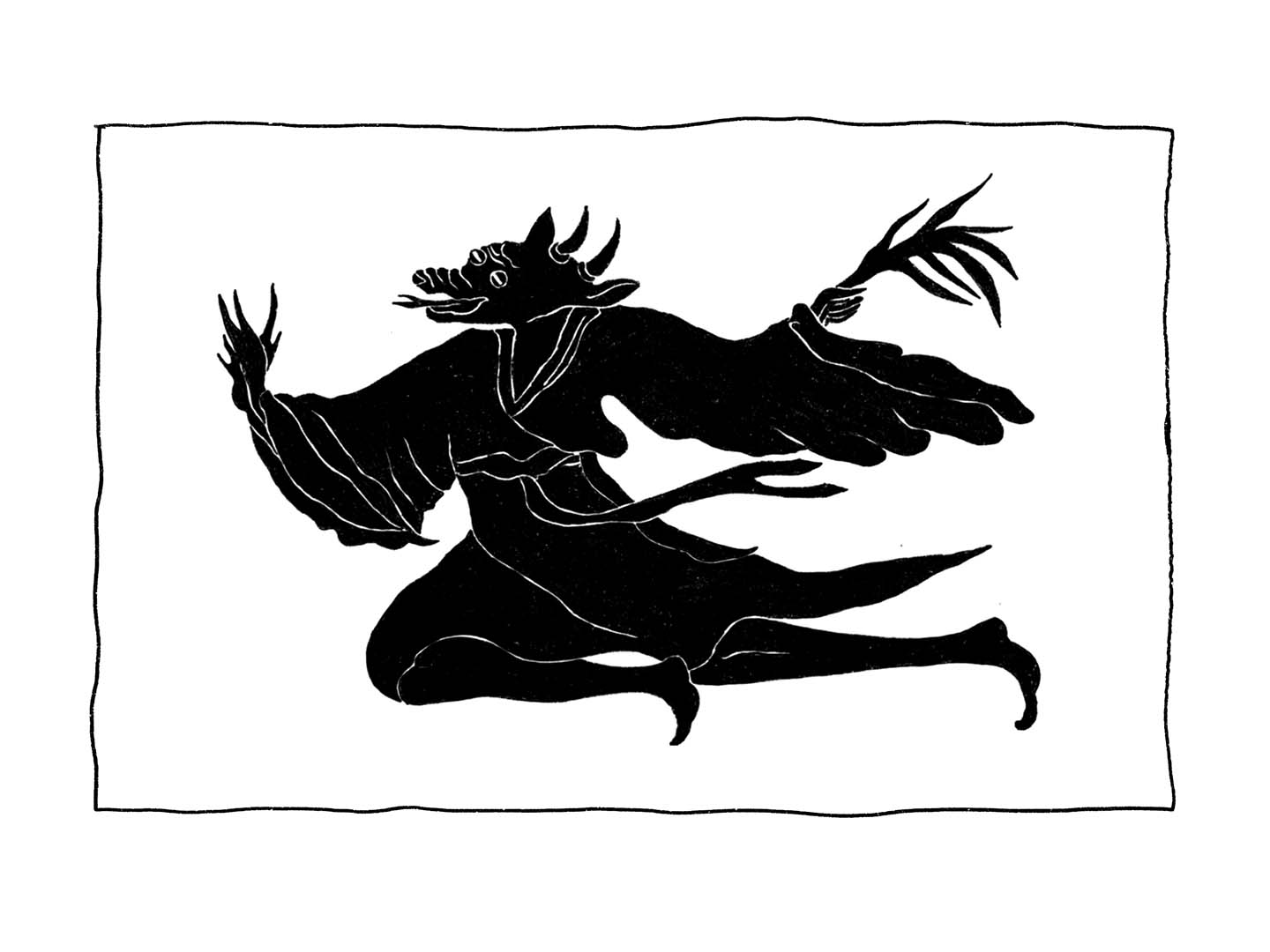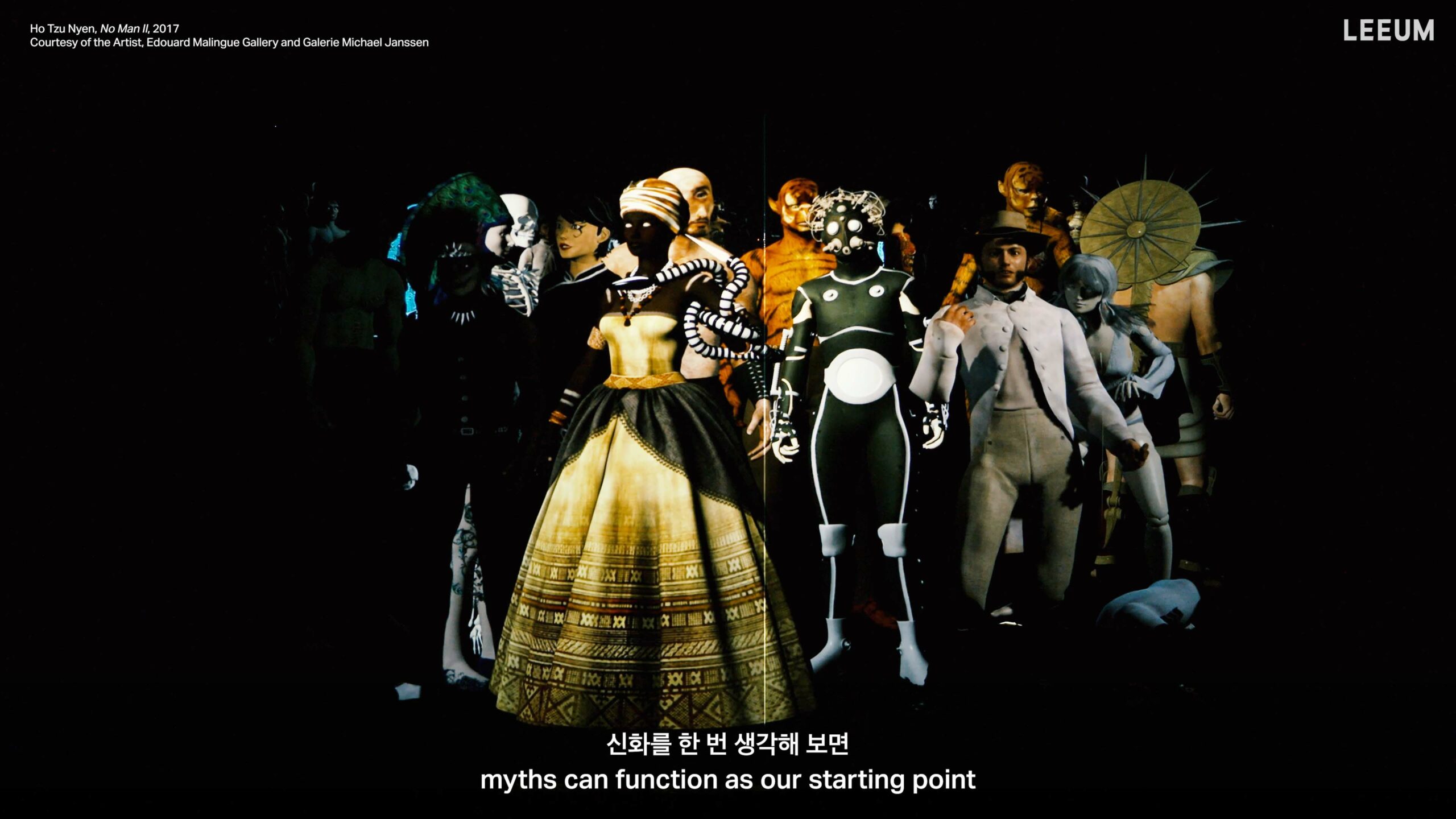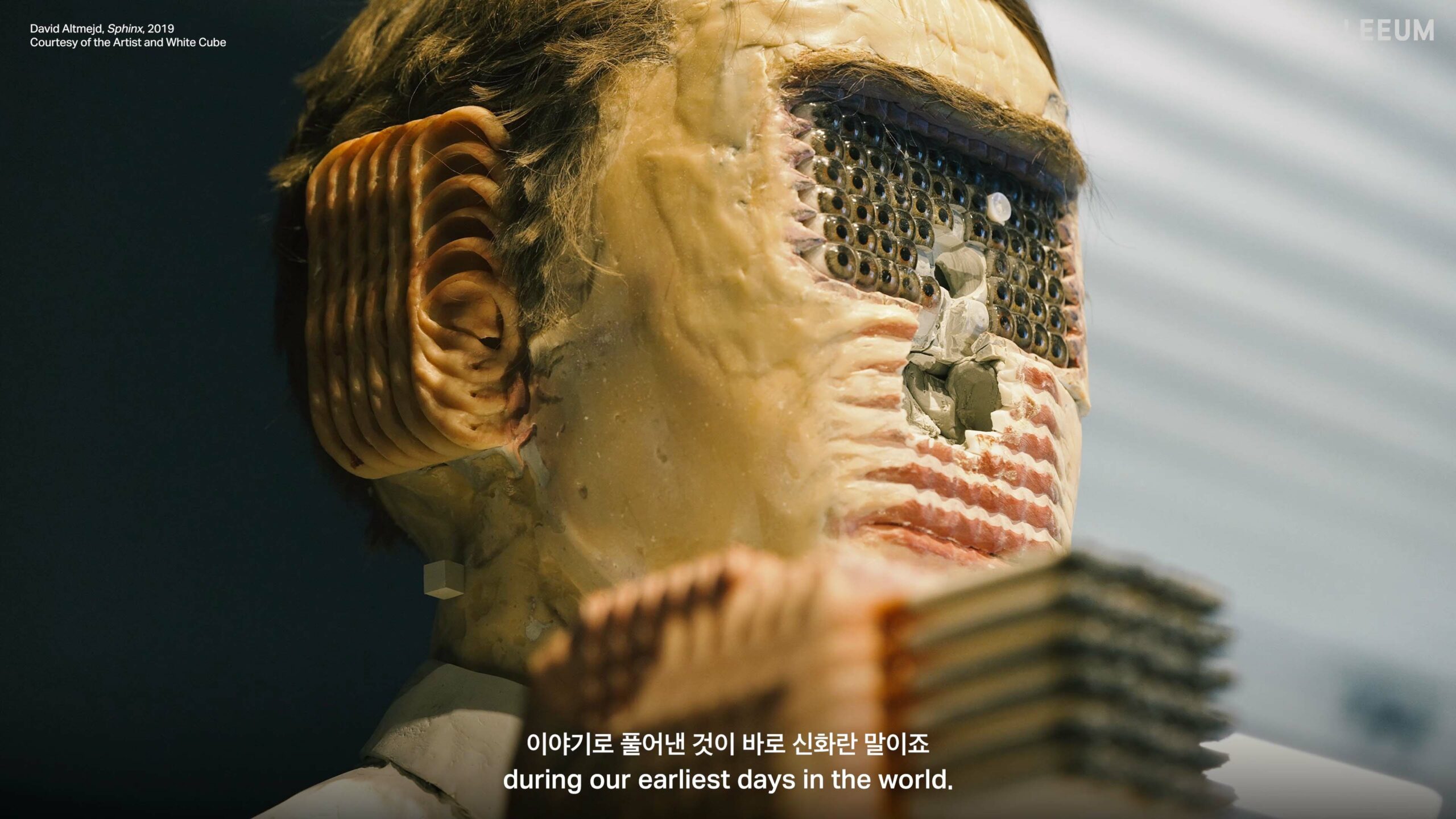작업 소개
‘인간, 일곱 개의 질문’은 모든 예술의 근원인 ‘인간’을 돌아보고, 21세기의 급변하는 환경과 유례없는 팬데믹 상황에서 인간으로 존재하는 것의 의미를 고찰하며 미래를 가늠하는 전시입니다. 57STUDIO는 큐레이터 전시 해설 영상과 함께 참여 작가들의 인터뷰 시리즈, 인문학자들의 렉처 시리즈를 구성하고 제작하였습니다.
인간이란 무엇인지, 코로나 팬데믹과 인류세를 마주한 인간이 스스로에게 던져야 할 가장 중요한 질문은 무엇인지, 국내외 석학과 참여 작가들에게 묻고, 그들의 통찰을 영상에 담았습니다.
네 번째 인터뷰 영상에서는 신화학자 정재서 교수의 통찰을 다룹니다. 정 교수는 포스트 휴먼 시대에 접어든 오늘날, 우리가 다양한 사물과 교감할 수 있는 감수성이 필요하다고 강조합니다. 그는 이러한 변화로 인해 물활론적 감수성이 담긴 신화가 다시 주목받고 있으며, 이 시대에 필수적인 상상력, 이미지, 이야기의 기원이 신화에 있다고 언급합니다. 정재서 교수는 포스트 휴먼 시대에 다양한 존재들이 공존하는 가운데, 인간의 정체성을 고민할 때 신화적 사고를 되돌아볼 것을 권유합니다.
“Human, 7 Questions” is an exhibition that reflects on “humanity,” the foundation of all art, while contemplating the meaning of human existence in the rapidly changing environment of the 21st century and the unprecedented pandemic. The exhibition seeks to provide insight into the future.
57STUDIO produced a series of curator-led exhibition commentary videos, interviews with participating artists, and lecture series featuring humanities scholars. We asked both renowned international and domestic scholars, as well as participating artists, the most important questions humanity must ask itself: What does it mean to be human, and what questions must humans confront in the face of the COVID-19 pandemic and the Anthropocene? Their insights were captured in these videos.
The fourth interview features insights from mythologist Professor Jeong Jae-seo. He emphasizes that in today’s post-human era, we need a heightened sensitivity to connect with various entities. He points out that due to this shift, myths imbued with animistic sensibilities are gaining renewed attention, and the essential origins of imagination, imagery, and storytelling in this era can be found in myth. Professor Jeong recommends revisiting mythological thinking when reflecting on human identity in a post-human era where diverse beings coexist.



